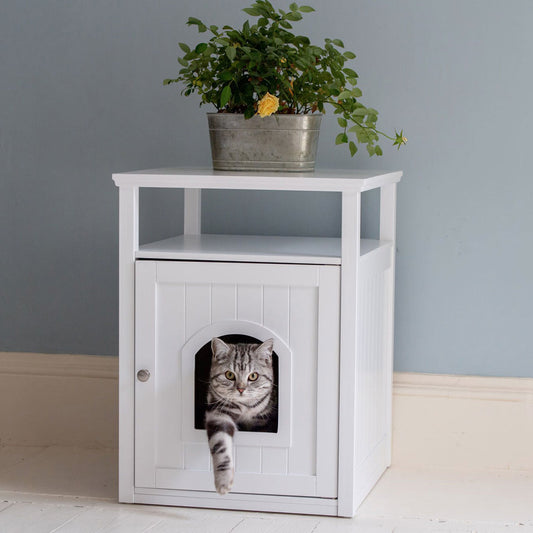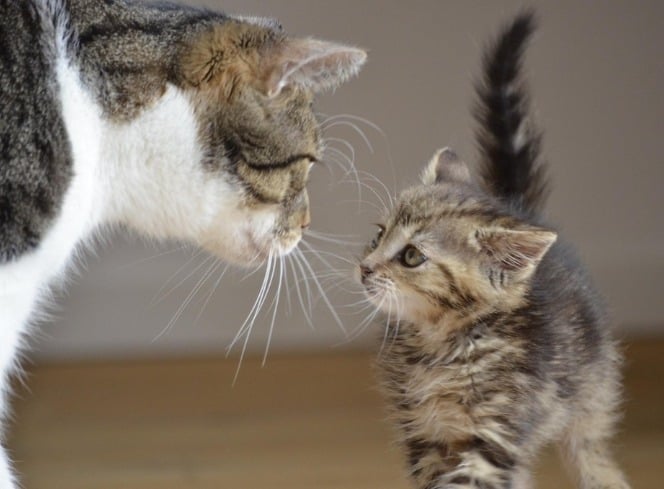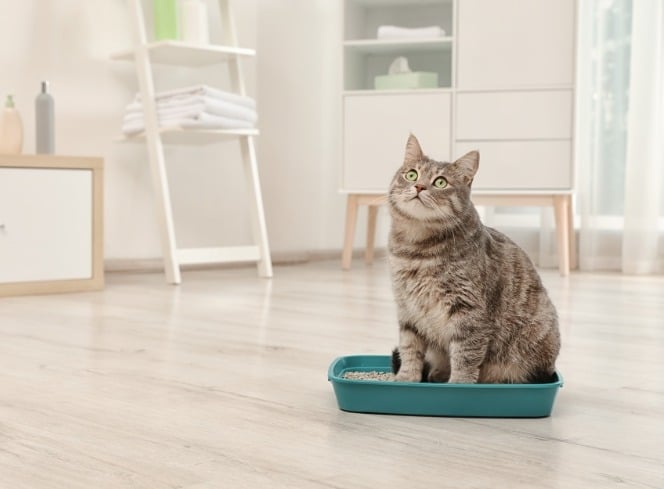Bringing your new kitten or cat into your world can be exciting, but when you look at what you need to get for your new feline, it’s hard to know what is best, especially when it comes to cat litter, and knowing what actually is the difference between clumping cat litter and non-clumping cat litter? And which you should choose for your newest member.
In this article, we discuss the difference between each litter and the options that may suit you best.
What Is The Best Cat Litter?
With so many different types of cat litter on the market, choosing the best one for your cat can be overwhelming - especially if you’re welcoming a new cat into your home. It’s good to know different types of litter suit different cats and suit your home and lifestyle too. There isn’t one superior cat litter, it all comes down to preference for both you and your cat.
Is Clumping Cat Litter Better Than Non Clumping Cat Litter?
Put simply, clumping is the term used to describe litter that has been developed to be much more absorbent than standard litter as it forms clumps when coming into contact with liquid. Non-clumping cat litter is where the litter particles do not clump together despite being soaked in liquid.
It’s good to remember cats do not toilet ‘tidily’. The majority of cats will move the litter around the tray (and sometimes outside of it!) which means when non-clumping litter is used, all of the soiled particles are mixed up with the clean particles of litter. The difference with clumping litter is all of the soiled particles are clumped together and can be removed very easily.
How Does Non-Clumping Cat Litter Work?
The benefit of non-clumping cat litter is often, it is low maintenance. You won’t have to worry about constantly checking for waste to remove as non-clumping litter can stay in the box for up to a week. Non-clumping litter is often a lot less dusty than a clumping cat litter which is a great benefit for cats (and owners) that suffer with asthma.
How Does Clumping Cat Litter Work?
Clumping cat litters are designed so that urine can be removed easily from the box without having to totally empty the entire box. Once the litter is clumped together, it can be easily scooped out of the litter tray, leaving only clean litter in the box. With clumping litter, odour is trapped inside the clumps, whereas non-clumping litters can’t contain the smell nearly as well.
There is no clear answer to which litter is best, clumping or non-clumping. And the choice is a personal decision that depends on yours and your cats needs. Many cats prefer clumping litter because it’s easier for them to push aside, but some cats prefer a non clumping clay litter.
Choosing the litter that your cat prefers makes it less likely that your cat will avoid the litter tray and find elsewhere to toilet.

































































































